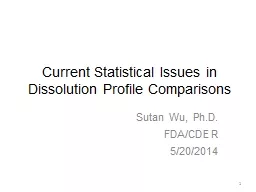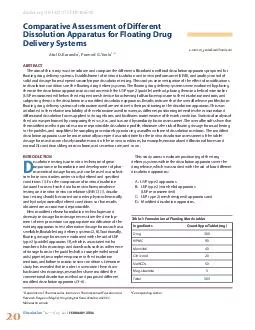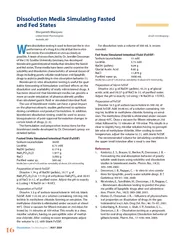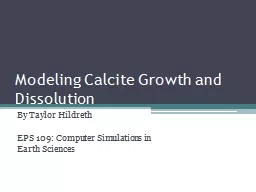PPT-Current Statistical Issues in Dissolution Profile Compariso
Author : min-jolicoeur | Published Date : 2016-03-25
Sutan Wu PhD FDACDER 5202014 1 Outlines Background of Dissolution Profile Comparisons C urrent Methods for Dissolution Profile Comparisons Current Statistical Concerns
Presentation Embed Code
Download Presentation
Download Presentation The PPT/PDF document "Current Statistical Issues in Dissolutio..." is the property of its rightful owner. Permission is granted to download and print the materials on this website for personal, non-commercial use only, and to display it on your personal computer provided you do not modify the materials and that you retain all copyright notices contained in the materials. By downloading content from our website, you accept the terms of this agreement.
Current Statistical Issues in Dissolution Profile Compariso: Transcript
Download Rules Of Document
"Current Statistical Issues in Dissolution Profile Compariso"The content belongs to its owner. You may download and print it for personal use, without modification, and keep all copyright notices. By downloading, you agree to these terms.
Related Documents














